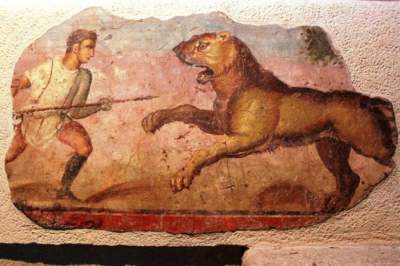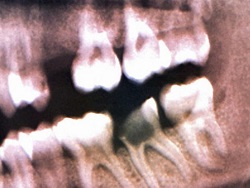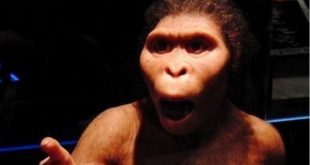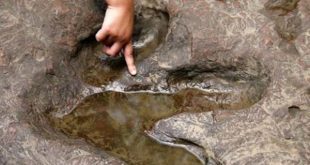 The world’s scientists were able to find traces of ancient “war” between predators and humans that clearly demonstrate all the difficulties of life at that time.
The world’s scientists were able to find traces of ancient “war” between predators and humans that clearly demonstrate all the difficulties of life at that time.
Paleontologists have found in a cave in Morocco unusual human remains, teeth marks on the bones of hyenas which suggests that people are simultaneously performed by competitors in the struggle for food and as a source of food for predators for 500 thousand years ago, according to a paper published in the journal PLoS One.
“Of course, conflicts and clashes between the ancient people and predators at that time were supposed to happen almost always, our discovery is one of the first evidence that large predatory creatures regularly or occasionally ate our ancestors,” says Dogear Camille (Camille Daujeard) from the Sorbonne (France).
Dozier and her colleagues came to this conclusion by studying the remains of the unusual group of ancient hominids – the so-called “rodesky people” (Homo rhodesiensis) is a subspecies of Heidelberg people, common ancestor of Neanderthals and modern inhabitants of the Earth, who lived in North Africa 120-400 thousand years ago. A number of paleontologists believed that these people were our direct ancestors.
In one of the quarries near Casablanca, Morocco’s largest city, in a cave adjacent to his territory, another group of scientists managed to find the femur and other bones of several Homo rhodesiensis, on the surface of which were extremely strange scratches and damage.
Dents and holes in the bones, fractures and other damage indicate that the owners of these bones or were eaten alive by hyenas, saber-toothed “tigers”-homoserine or bears, or that their bodies were found and torn apart shortly after death for some other reasons.








